FROM AN UNHEALTHY APARTMENT TO THE COMMUNITY HEALTH CENTER – TUBERCULOSIS IN TREŠNJEVKA
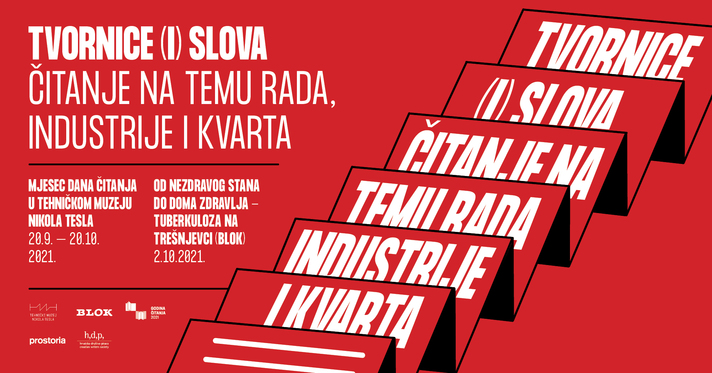
THE URBAN TOUR IS PART OF THE "FACTORIES AND/OF LETTERS" PROJECT, IMPLEMENTED BY THE TECHNICAL MUSEUM OF NIKOLA TESLA IN PARTNERSHIP WITH BLOK AND THE CROATIAN WRITERS’ SOCIETY (ASSOCIATED PARTNER) WITH THE SUPPORT OF THE CROATIAN MINISTRY OF CULTURE AND MEDIA, AS PART OF THE PROGRAMS AIMED AT ECOURAGING READING AND THE DEVELOPMENT OF READERSHIP IN THE REPUBLIC OF CROATIA FOR 2021.
URBAN TOUR
SATURDAY, 2 OCTOBER AT 11:00
CONCEPT: Ana Kutleša
GUIDES: Ana Kutleša and Dunja Kučinac
It is hard to imagine a more appropriate context for a return to the tuberculous past of Zagreb than the one we have found ourselves in for the last year and a half. Instructions on washing hands, ventilating rooms, protecting the environment from our droplets and hygiene in general have (once again) become normal to us. Although we, as opposed to our ancestors in the interwar years, don’t have to be reminded today not to spit on the floor, the good old saying "cleanliness is half of health", created at the time of the fight against tuberculosis, is relevant again. And as the questions of when it will all pass and whether things will ever be the same as before hover over us, it is useful to go back in time and observe a piece of the story of how the battle against one of the most vicious infectious diseases in human history was won.
Starting from the streets of Trešnjevka where there are still remnants of slum construction and "unhealthy apartments", we return to the turbulent interwar Zagreb where Trešnjevka was seen as a working-class periphery and as such recognized as one of the key battlefields in the fight against tuberculosis. Per 100 inhabitants of Tratinska, Nova cesta, Samoborska and Magazinska streets, 9 of them died from tuberculosis. Many of them passed away are right there in their apartment, the place where the majority of the infected met their end. The apartment was actually a single room housing the crammed members of, at times, more than one family, and it usually didn’t meet even the minimum hygienic standards. The situation wasn’t much better in the workplace either. How does one fight tuberculosis in these conditions?
Even today, there are buildings in Trešnjevka whose past tells the story of a complex approach that included not only medical efforts, but also a great deal of social work. Through them we reach the post-war period and the community health center, an institution whose very name suggests a progressive, prevention-oriented approach to treatment; Isn't it nicer to go to a community health center than to a hospital? However, the approach to treatment, as Ćepulić and Štampar understood it, along with many women whose names are unknown today, such as doctor Kornelija Sertić and nurse Ana Papailiopulos, is inseparable from tackling inequalities embedded in the very foundations of society.
The tour includes the reading of excerpts from newspaper and literary texts, as well as archive documents.
PROJECT MAANGER: Kosjenka Laszlo Klemar (TMNT)
PROGRAM AUTHORS IN THE TECHINCAL MUSEUM: Anica Tomić, Kosjenka Laszlo Klemar
PROGRAM AUTHOR IN BLOK: Ana Kutleša
DESIGN: Nikola Križanac
Photos: Matea Božić for Radnička prava
SPECIAL THANKS TO: Ivana Majer, Central Medical Library of the University of Zagreb School of Medicine, Mihaela Barbarić, Croatian State Archives, Maja Marković, Marko Ercegović
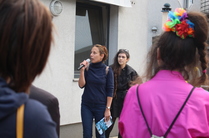
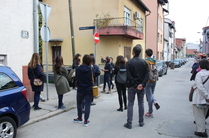
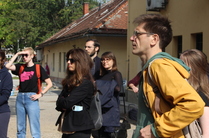
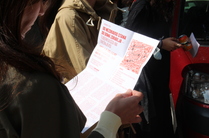
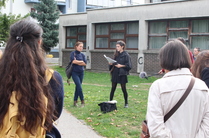
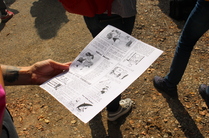
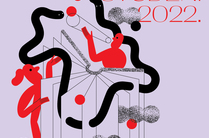 HANDS FULL OF CLOUDS: PARTICIPATORY READING WORKSHOPS IN HIGH SCHOOL DORMITORIES
HANDS FULL OF CLOUDS: PARTICIPATORY READING WORKSHOPS IN HIGH SCHOOL DORMITORIES
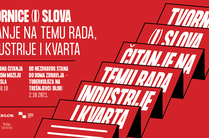 FROM AN UNHEALTHY APARTMENT TO THE COMMUNITY HEALTH CENTER – TUBERCULOSIS IN TREŠNJEVKA
FROM AN UNHEALTHY APARTMENT TO THE COMMUNITY HEALTH CENTER – TUBERCULOSIS IN TREŠNJEVKA
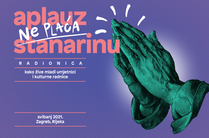 APPLAUSE DOESN'T PAY RENT: HOW YOUNG ARTISTS AND CULTURAL WORKERS LIVE
APPLAUSE DOESN'T PAY RENT: HOW YOUNG ARTISTS AND CULTURAL WORKERS LIVE
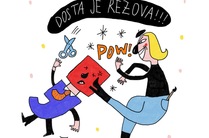 Culture on minimum wage - no go!
Culture on minimum wage - no go!
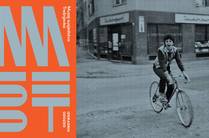 TREŠNJEVKA NEIGHBOURHOOD MUSEUM – BUILDING FROM BOTTOM UP
TREŠNJEVKA NEIGHBOURHOOD MUSEUM – BUILDING FROM BOTTOM UP
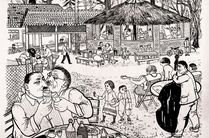 THE ART OF THE COLLECTIVE - CASE ZEMLJA
THE ART OF THE COLLECTIVE - CASE ZEMLJA
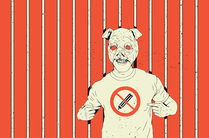 DRAWING POLITICS, THE POLITICS OF DRAWING
DRAWING POLITICS, THE POLITICS OF DRAWING
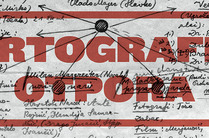 CARTOGRAPHY OF RESISTANCE
CARTOGRAPHY OF RESISTANCE
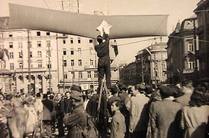 HEROES WE LOVE
HEROES WE LOVE
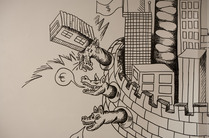 BETWEEN WORLDS
BETWEEN WORLDS
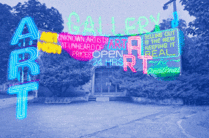 FOR STUDENT CENTRE AS A COMMON GOOD
FOR STUDENT CENTRE AS A COMMON GOOD
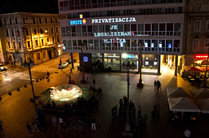 SHIP=CITY
SHIP=CITY
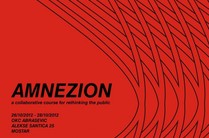 AMNEZION
AMNEZION
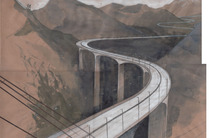 THE DAMNED DAM
THE DAMNED DAM
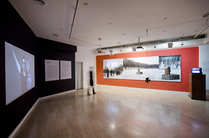 MONEY ETC.
MONEY ETC.
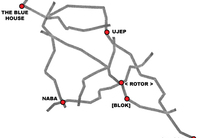 THE ART OF URBAN INTERVENTION
THE ART OF URBAN INTERVENTION
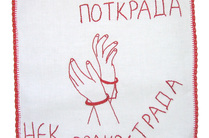 OPERATION: CITY 2008
OPERATION: CITY 2008
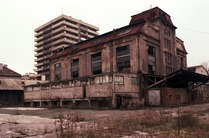 OPERATION: CITY 2005
OPERATION: CITY 2005
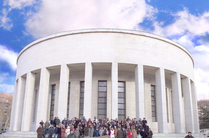 MILK
MILK